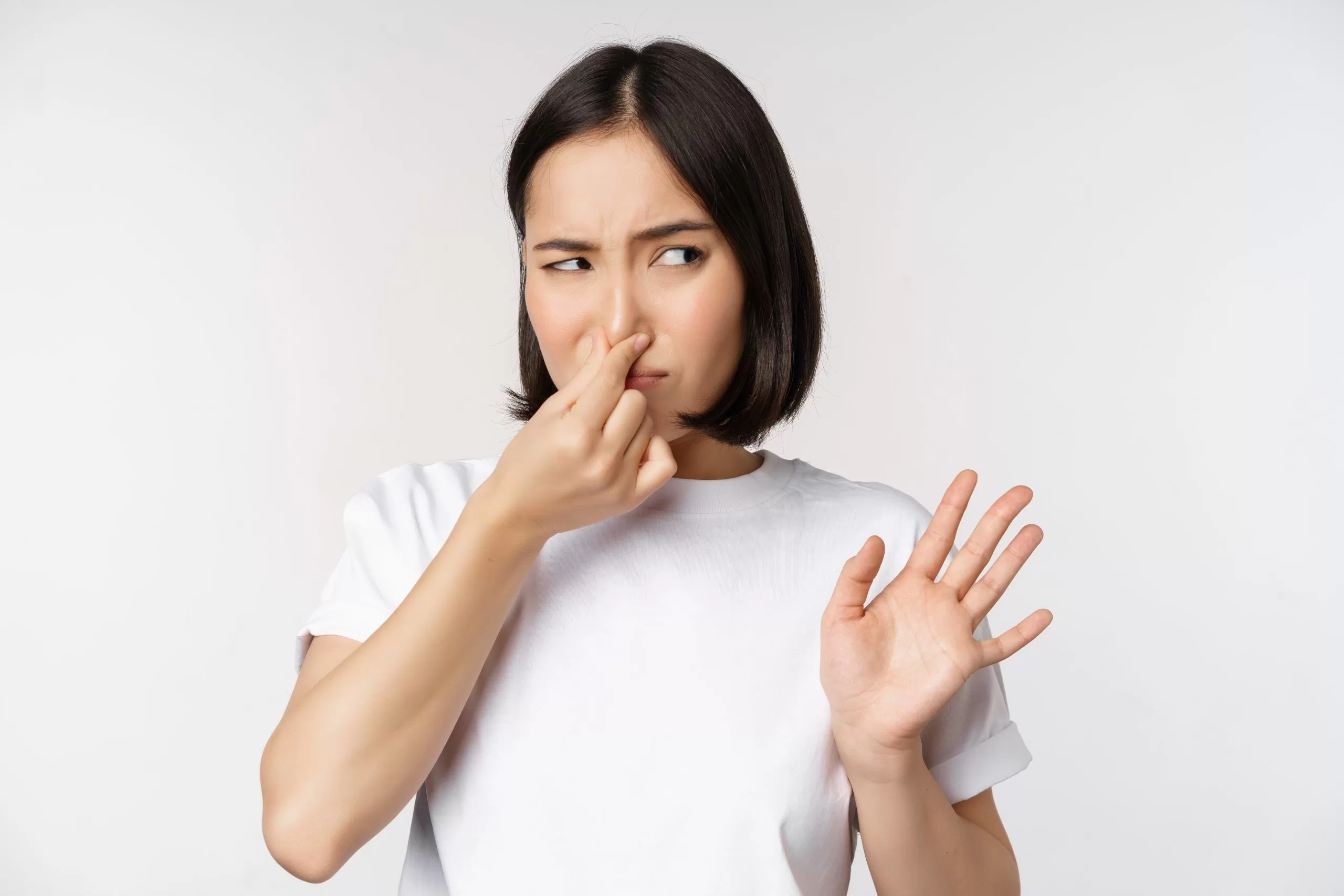Are you tired of that lingering bad breath even after you’ve diligently brushed your teeth? This guide is here to help you tackle this common issue and regain your confidence in your oral hygiene routine.
Step 1: Understand the Culprits Behind Bad Breath
Before diving into solutions, it’s essential to understand why bad breath persists after brushing. Most often, it’s caused by residual bacteria and lingering food particles in your mouth.
Bad breath can stem from various factors, such as poor oral hygiene, dry mouth, or underlying medical conditions. It’s crucial to identify the specific cause for an effective remedy.
Practical Tips: Start by consulting with a dentist to rule out any underlying dental issues or health concerns. They can provide valuable insights into the cause of your bad breath.
Step 2: Master Your Brushing Technique
Proper brushing technique is the foundation of fresh breath. Many people don’t brush effectively, leaving behind bacteria and debris.
Brush your teeth for at least two minutes, reaching all surfaces – front, back, and chewing surfaces. Use a soft-bristle brush and fluoride toothpaste. Angle the brush at 45 degrees to your gums and brush gently in a circular motion.
Practical Tips: Don’t forget to brush your tongue and the roof of your mouth to remove bacteria buildup. Replace your toothbrush every three to four months or sooner if the bristles appear frayed.
Step 3: Incorporate Flossing and Mouthwash
Brushing alone may not remove all the food particles and bacteria between your teeth and along the gumline.
Floss daily to remove debris from between your teeth. Follow up with an antimicrobial mouthwash to kill bacteria and freshen your breath.
Practical Tips: Make flossing a habit, and rinse with mouthwash for at least 30 seconds, swishing it around your mouth thoroughly.
Common Misconceptions about Bad Breath After Brushing
Many people fall prey to myths and misconceptions about bad breath. Let’s debunk a few:
Misconception 1: Brushing harder eliminates bad breath.
Correction: Brushing too hard can damage your gums and teeth. Focus on proper technique, not force.
Misconception 2: Mouthwash alone can solve the problem.
Correction: While mouthwash helps, it should complement a thorough brushing and flossing routine.
Misconception 3: Bad breath is always a sign of poor oral hygiene.
Correction: It can be caused by various factors, including dry mouth, diet, and medical conditions. Consult a dentist to identify the cause.
Conclusion
In your quest to conquer bad breath after brushing, remember that consistency is key. Regular dental check-ups, impeccable oral hygiene practices, and a well-balanced diet can work wonders.
Now, go ahead and take control of your oral health, and soon, you’ll be enjoying the refreshing feeling of a truly clean mouth and fresh breath after every brushing session. Say goodbye to bad breath, and embrace the confidence that comes with a healthy smile.
And if you ever need expert guidance or professional dental care, don’t hesitate to reach out to Edgecliff Dental Care. Our experienced team is ready to assist you on your journey to optimal oral health.Schedule an appointment with us today!




